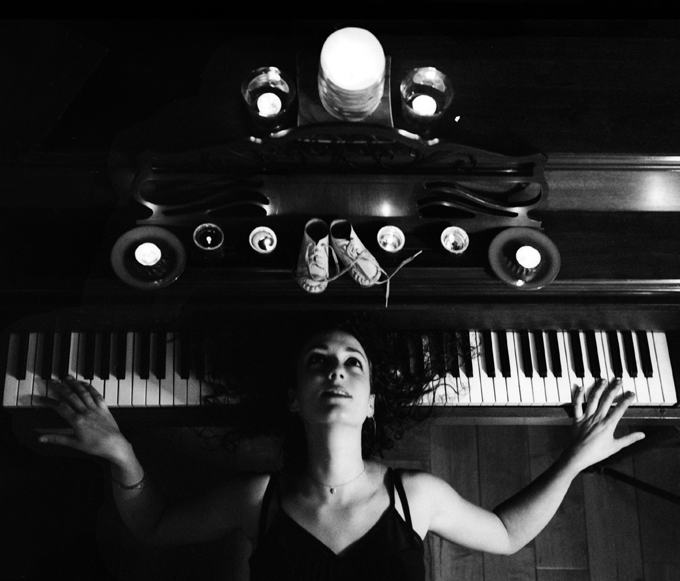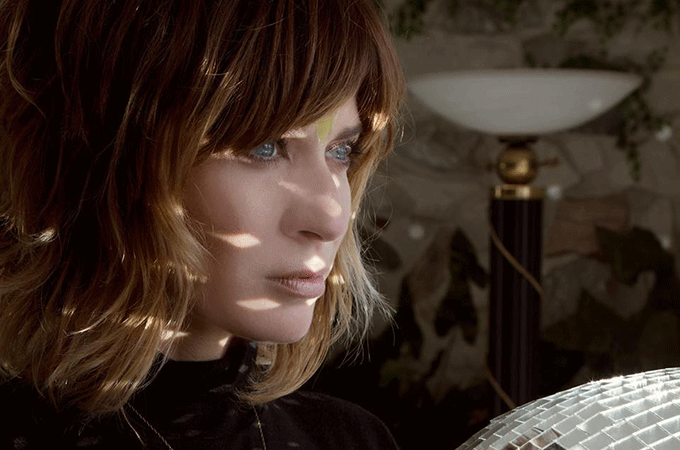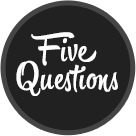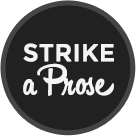10 Reasons to Start Collecting Vinyl
What comes around goes around, and records are the latest comeback story.
By Maryann LoRusso

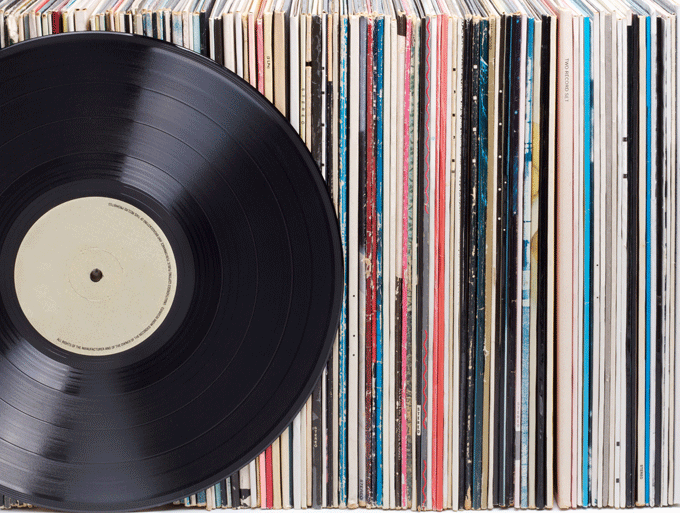
The music industry got another sign last week that vinyl is staging a comeback when rocker Jack White sold 40,000 vinyl copies of his new album, Lazaretto—the largest sales week for any single record since 1991.
This is a phenomenon that’s been building for a few years now, to the delight of record collectors everywhere. Last year, CD sales declined 15 percent and digital music took its first hit in a decade. But vinyl sales increased 32 percent, from 4.5 million units sold in 2012 to 6 million sold in 2013, according to Nielsen SoundScan. Only 0.3 million vinyl records were sold in 1993, at the height of the CD’s popularity.
As specialty record shops are springing up across the country and contemporary musicians are once again releasing records, vinyl is experiencing an official resurgence. But, why?
Fans of vinyl argue that records provide a richer, more satisfying experience because they play a wider range of sound. According to others, vinyl offers a kind of multidimensional artistry that digital formats cannot: the songs in an album come together to form a larger artistic statement. Plus, the liner notes are poetry. The album cover and record are collectible art. And the list goes on. But the most captivating argument for vinyl may be that handling a record satisfies the human need to connect with the physical world. Like book lovers who shun reading tablets, vinyl aficionados enjoy holding their records, admiring their content, listening to them with friends and passing them into someone else’s hands.
“Records continue to have deep resonance because they provide a social context in which to experience music,” says René de Guzman, senior curator for the Oakland Museum of California, whose recent interactive exhibit, “Vinyl: The Sound and Culture of Records,” explored the social and cultural phenomenon of vinyl. “The ability to engage with the world in more directly human ways is finding increasing value…in the heightened digital age.”
Lesson learned? It may be time to start your own vinyl collection or, if you’re old enough, dig up those old LPs from the basement. Either way, here are 10 interesting facts about the righteous record that you may not know.
1. The origin of the vinyl record can be traced back to 1857, when a French scientist named Leon Scott developed the phonautograph, the earliest known device for recording sound waves on paper. It was originally intended as a laboratory instrument to study acoustics, but it laid the groundwork for what would eventually become the gramophone record.
2. Recording and playing back sounds became feasible in 1877, with Thomas Alva Edison’s invention of the phonograph. But Edison’s technology relied on wax cylinders that became useless after a few plays. This situation improved in 1887, when Emile Berliner patented a new recording system that used a flat disc and made it possible to mass-produce the technology.
3. The first commercially available LP (long-playing vinyl) was released by RCA Victor in 1930. But it was the Great Depression, a time when not many folks could fork over their hard-earned cash on the latest technology, so the launch was a failure.
4. The LP finally emerged as the prevailing format in 1948, when Columbia Records debuted the first successful 12-inch disc, effectively launching the modern recording industry. Columbia’s disc used microgrooves, which were four times smaller than those of 78s, allowing up to 30 minutes’ playing time per side. Vinyl records also played with less surface noise and broke less easily than shellac, the key material used to produce 78s. RCA Victor introduced a competing vinyl format, the 7-inch EP (extended play) record spun at 45 rpm. By 1950, however, the 33 1/3 LP format became standard for albums, which were designed to showcase 40 to 45 minutes of an artist’s best material. Record labels reserved 45s for “singles.”
5. Tommy Johnson’s 1930 cut “Alcohol and Jake Blues” sold for $37,100 on eBay last October, making the Paramount Records release the most expensive 78 rpm record ever sold. The record is thought to be one of only two copies still in existence, and was described by its new owner, John Tefteller, as a “holy grail” for collectors.
6. The most valuable 33 rpm record is a copy of John Lennon and Yoko Ono’s Double Fantasy (1980), which reportedly sold for more than $400,000 in 1999. Mark David Chapman asked Lennon to autograph the record on Dec. 8, 1980, outside the Dakota, Lennon’s New York apartment building. Five hours later, Chapman returned to shoot Lennon fatally. The album was used in the court case and has Chapman’s fingerprints along with Lennon’s signature on the cover.
7. A man named Paul Mawhinney, a former record store owner, is believed to possess the largest record collection in the world, featuring more than 1.5 million.
8. There’s a difference in sound between black and colored vinyl. While colored vinyl is extremely collectable, there’s a sonic difference between them and normal black vinyl. Clear and colored discs attain more pops and crackle, and degrade faster when played.
9. Recorded for Record Store Day in 2012, The Flaming Lips and Heady Fwends double LP featured notable guest musicians such as Ke$ha, Erykah Badu, Chris Martin of Coldplay, and Justin Vernon of Bon Iver. But the performers contributed more than just their talent; Lips frontman Wayne Coyne persuaded some of them to donate small samples of their own blood, which was sandwiched into the vinyl of a limited edition of the album and sold to a few wealthy fans. Profits from the sale of these “blood records” went directly to two charities in Oklahoma.
10. The vinyl version of White’s Lazaretto features some cool extras, including two tracks hidden under the paper label in the center of the record, a hologram in the dead wax area of Side A that appears when the record spins, and a dual-groove technology that plays either an electric or an acoustic version of the song “Just One Drink.” In addition, the hidden tracks play at different speeds (one at 78 rpm and the other at 45 rpm), making it a three-speed record.
Now that you know a record-breaking number of facts about vinyl, start collecting. Or check out Red Typewriter’s Pinterest page, “Getting Creative With Vinyl,” for some fun examples of how designers and artists are using records for art, home décor, jewelry and more. So there’s a second life for all those scratched LPs, after all.
Do you listen to records or collect vinyl? Let us know.
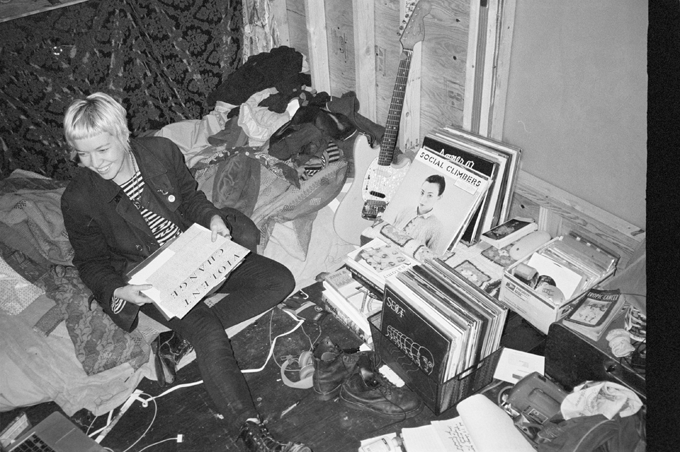
An interactive vinyl exhibit at the Oakland Museum of California featured experimental listening spaces and lounge-like areas that encouraged social gathering and invited visitors to become a part of the show.
